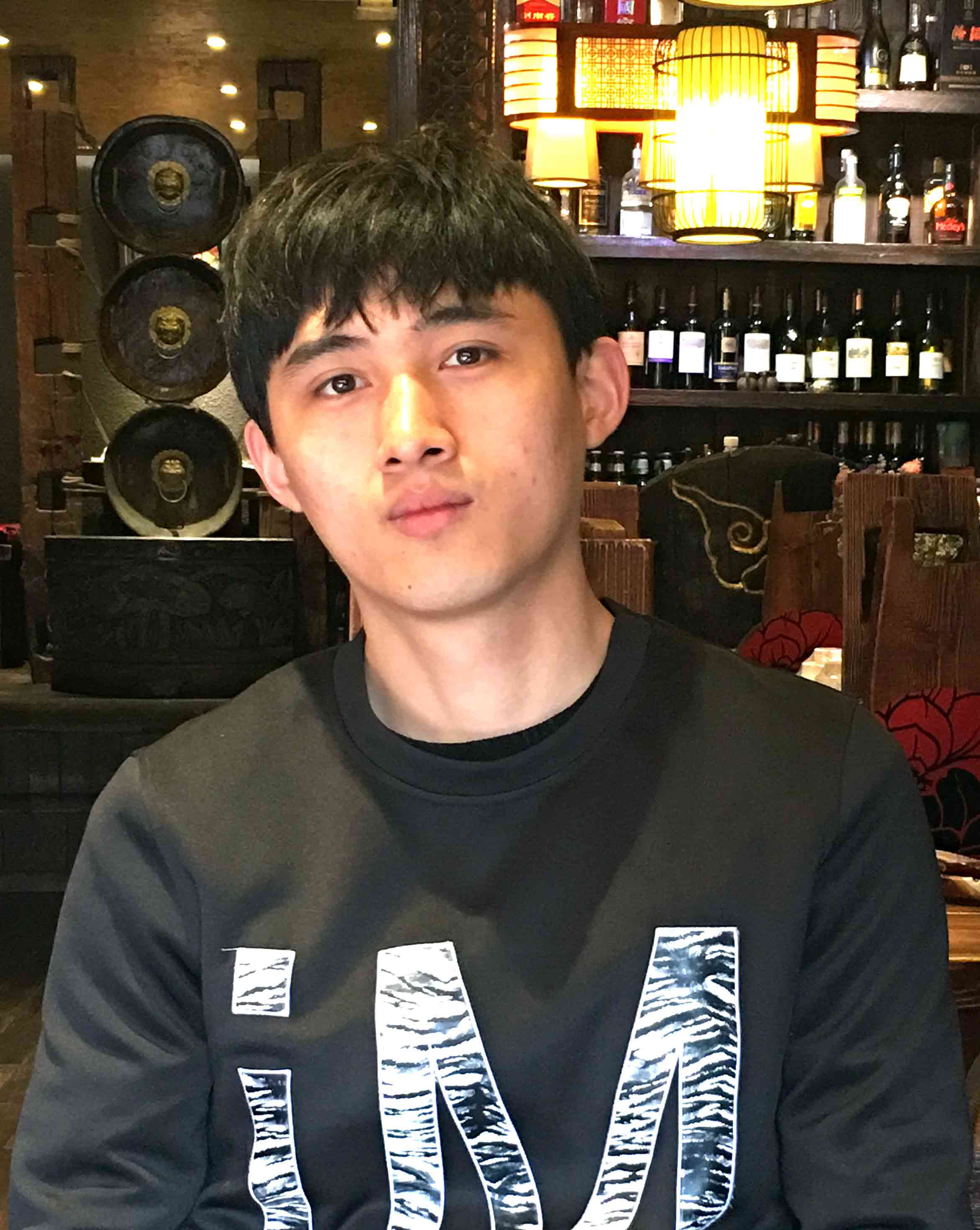Welcome!
I am a four-year Ph.D. student in Computer Science working with Professor Yuanzhi Cheng on interpretable artificial intelligence at the Harbin Institute of Technology. Specifically, we combine deep neural networks with graph techniques to effectively explain and optimize the current neural network structure. Check out our recent 2022 preprints on the publications page.
I will complete my Ph.D. in Computer Science by December 2023. Now, I am applying for a postdoctoral position. I began my studies (B.S.) at the Qingdao Technological University in Network Engineering and continued with a Masters’s (M.S.) in Computer Science (Summa Cum Laude), studying recommendation systems and graph theory at the Northeast Forestry University. During 2017-2019, I worked as a helicopter pilot at a general aviation company. I flew helicopters (AS-350B2) for forest protection, fire prevention, geological exploration, aerial photography, and other tasks. I also led a 3D AR aviation tourism project in 2018. In this role, I spent time working as an aeronautical system modeler, and flying data analyst. Currently, I am pursuing research at the intersection of artificial intelligence and complex network dynamics.
Exploration of Deep Learning Technology
My recent research activity centers around the structural analysis and optimization of Batch Normalization and Transformer by leveraging recent advancements in deep neural networks and graph theory. Check out the following video for a snapshot into my current work. I hope to have some publications out shortly surrounding these techniques.
Analysis and Optimization of Modern Neural Network Architecture Based on Graph Theory.
Li, Xue et al., IEEE TPAMI (2022)
Graph-Driven Model Analysis
My research investigates the fundamental mechanisms, such as graph attention and message passing, in complex neural network computations by leveraging graph drawing strategies, randomness analysis, and reduced-order modeling strategies. These mechanisms are important as they govern the understanding, design, and application of artificial intelligence algorithms. The current popular explainability research theory can only provide limited insight into these mechanisms. In much of my research, I look to extract and simplify combinatorial, geometric, and random structures in deep learning models to yield reduced-order models explainable and general (i.e., applicable to other neural computing processes). At the doctoral studies, I only completed part of my plan. The progress of my work is as follows (the contents of my doctoral dissertation are marked with an asterisk):
● Explaining and designing graph neural networks.
–*Completion: 100% for current GNNs
– Completion: 30% for distributed GNNs
● Explaining and optimizing the attention mechanism.
–*Completion: 100% for graph attention
– Completion: 50% for Transformer attention
● Explaining and optimizing “X-Norm” (e.g., BatchNorm and LayerNorm) (The theoretical part is verified and almost completed.)
– Completion: 60%
● What is Transformer? A perspective from graph generation and alignment.
– Completion: 30%
News
8 November, 2022Submitted my third paper to IEEE TPAMI.
16 September, 2022My second paper was accepted by Knowledge-based System!
20 April, 2022Begined to explore the relationship between stress graph drawing and graph neural networks.
24 December, 2021The idea of asynchronous graph neural networks was born.
... see all News
Upcoming Events
September 10, 2023Finish my PhD dissertation at the Department of Computer Science, Harbin Institute of Technology.
Write the first draft of my fourth paper.
Start to write the doctoral dissertation.
